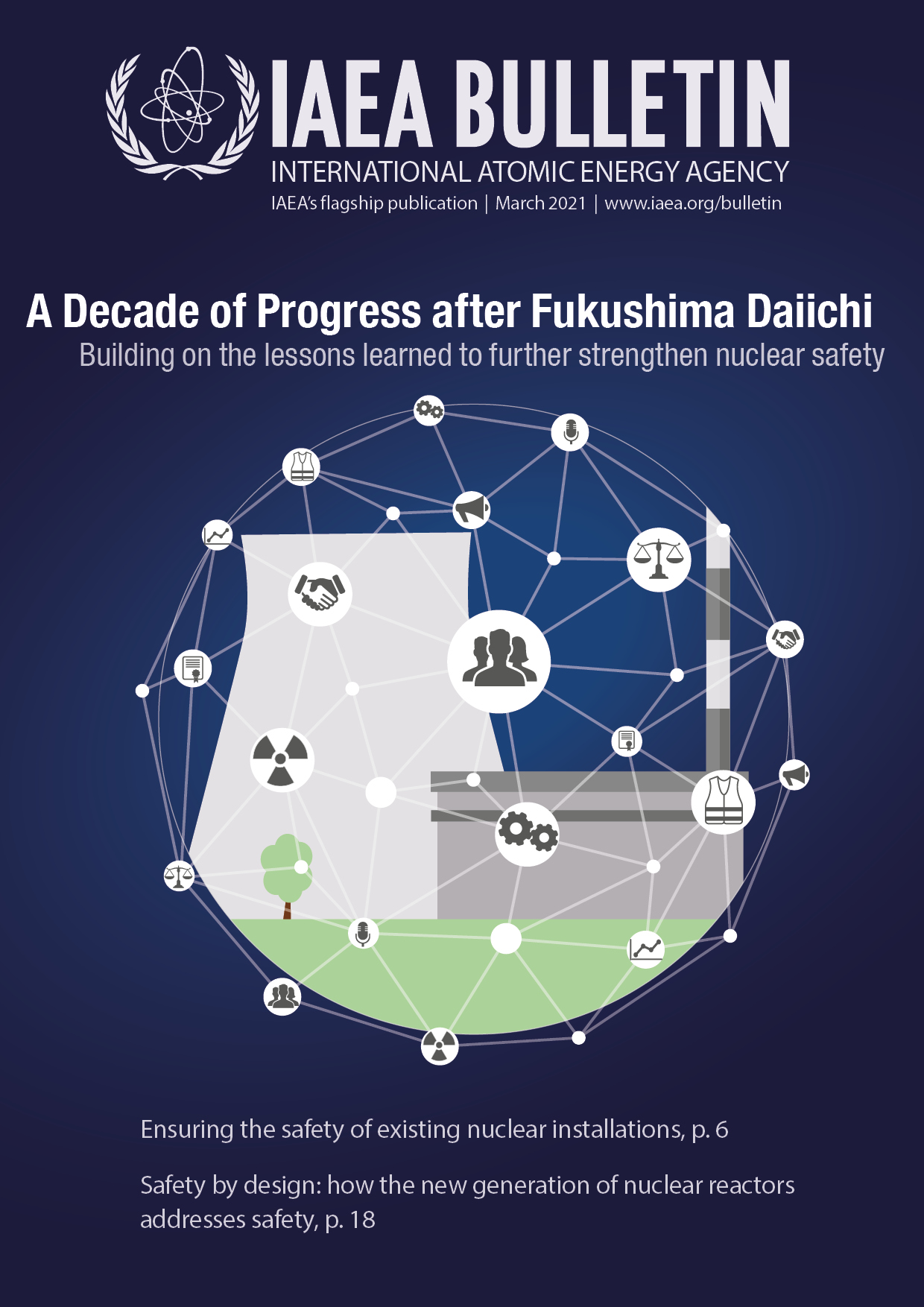The new generation of nuclear reactors includes some reactors already in operation and reactor designs that have yet to be deployed. The IAEA distinguishes advanced nuclear reactors as evolutionary or innovative, both of which incorporate lessons learned from the 2011 Fukushima Daiichi nuclear accident. Evolutionary reactors improve existing designs, maintaining proven design features, while innovative reactors use new technology.
Most evolutionary reactors are available on the market and are already connected to the grid. These reactors’ underlying safety approach is based on applying an enhanced defence-in-depth strategy, compared to conventional reactors, supported by increasing emphasis on inherent safety characteristics and passive features and decreasing reliance on the operator’s intervention to minimize the risk of accidents.
Innovative reactors incorporate radical changes in the use of coolants, fuels, operating environments and system configurations. Some innovative concepts are being considered for deployment in the next 10 to 20 years.
“From the technology viewpoint, [innovative reactors] are very different because, typically, they do not use water as a coolant,” said Stefano Monti, Head of the Nuclear Power Technology Development Section at the IAEA. From the physical viewpoint, he added, the different coolant also changes the way in which heat is extracted and the way in which the nuclear fission reaction is produced and maintained.
Advanced fast neutron reactors that are sodium, lead and lead–bismuth or gas cooled, for example, use much higher-energy neutrons to cause fission. Fast neutron reactors are designed to improve fuel efficiency and therefore reduce high level radioactive waste. “From the safety perspective, the risks associated with their operation are very low, owing to the reduction in both the likelihood and the radiological consequences of accidents,” said Vesselina Ranguelova, Head of the Safety Assessment Section at the IAEA. The IAEA’s Advanced Reactors Information System provides detailed technical and safety information for all these types of advanced reactors.
The world’s first advanced small modular reactors (SMRs) were deployed last year in Russia, and many innovative SMRs are under development for near-term deployment. Globally, there are about 70 SMR concepts and designs, with two at advanced stages of construction in Argentina and China.

